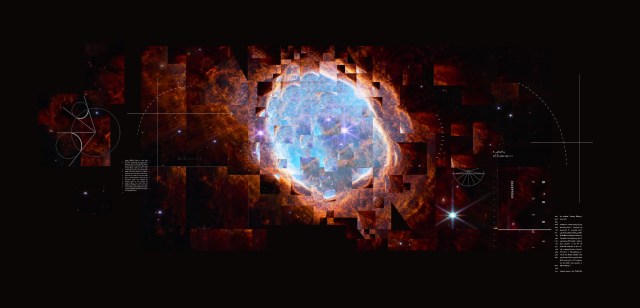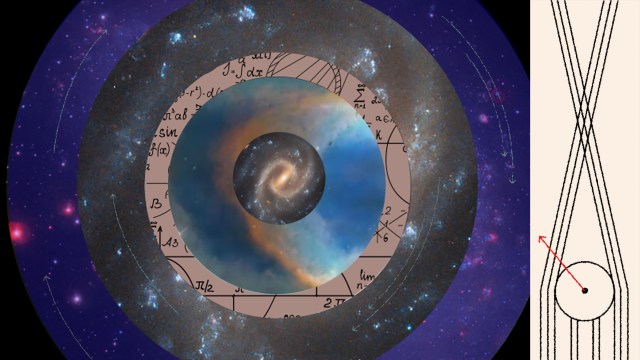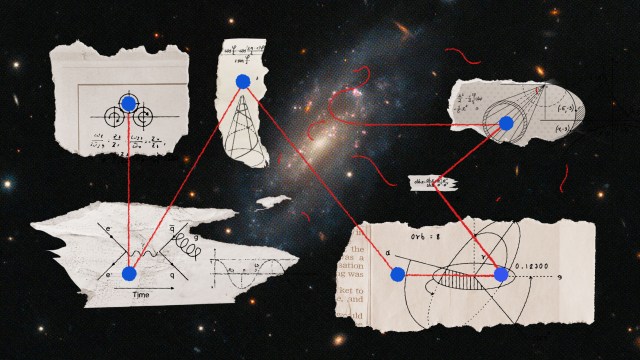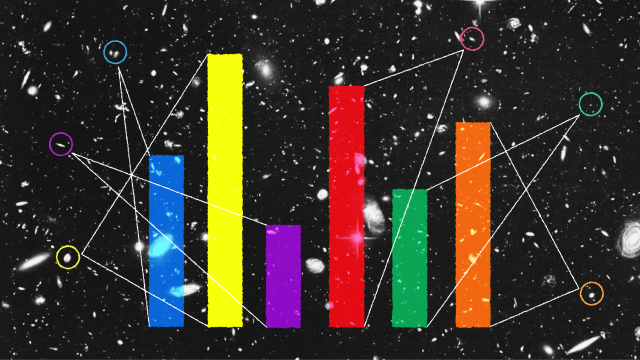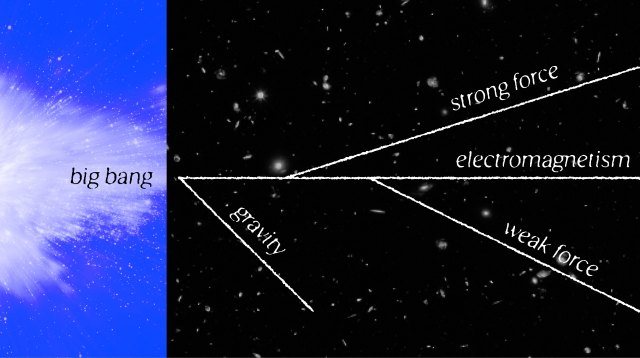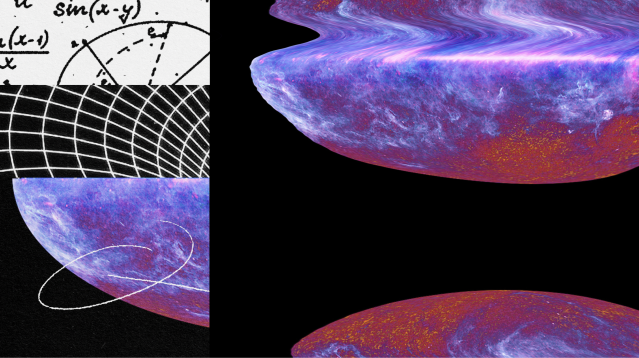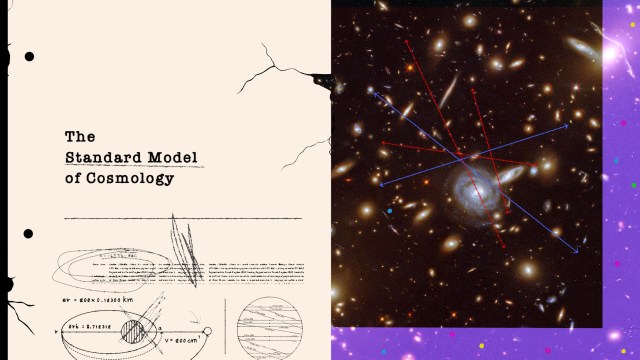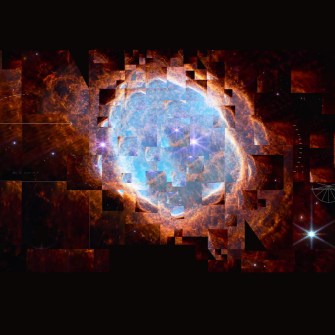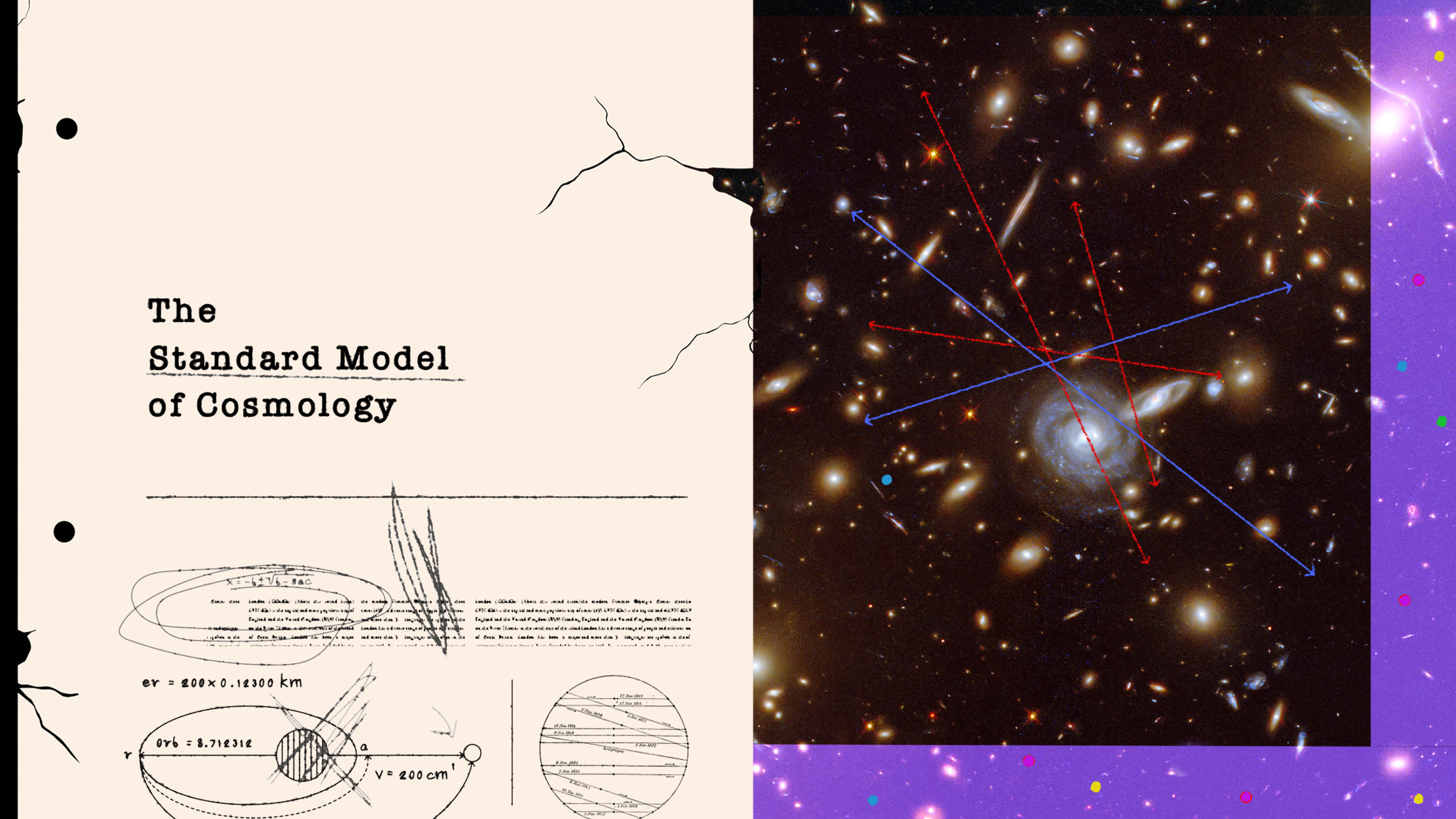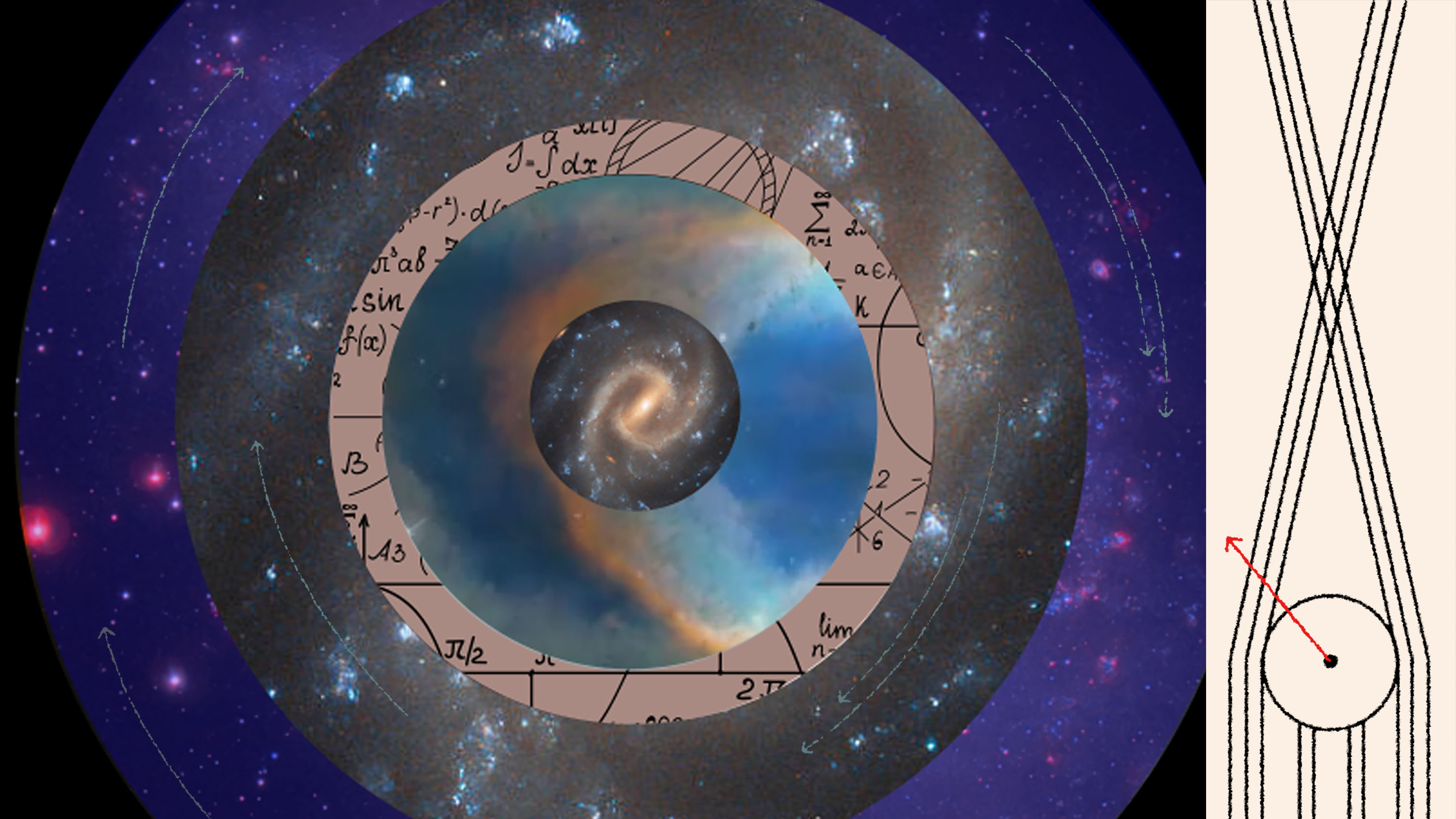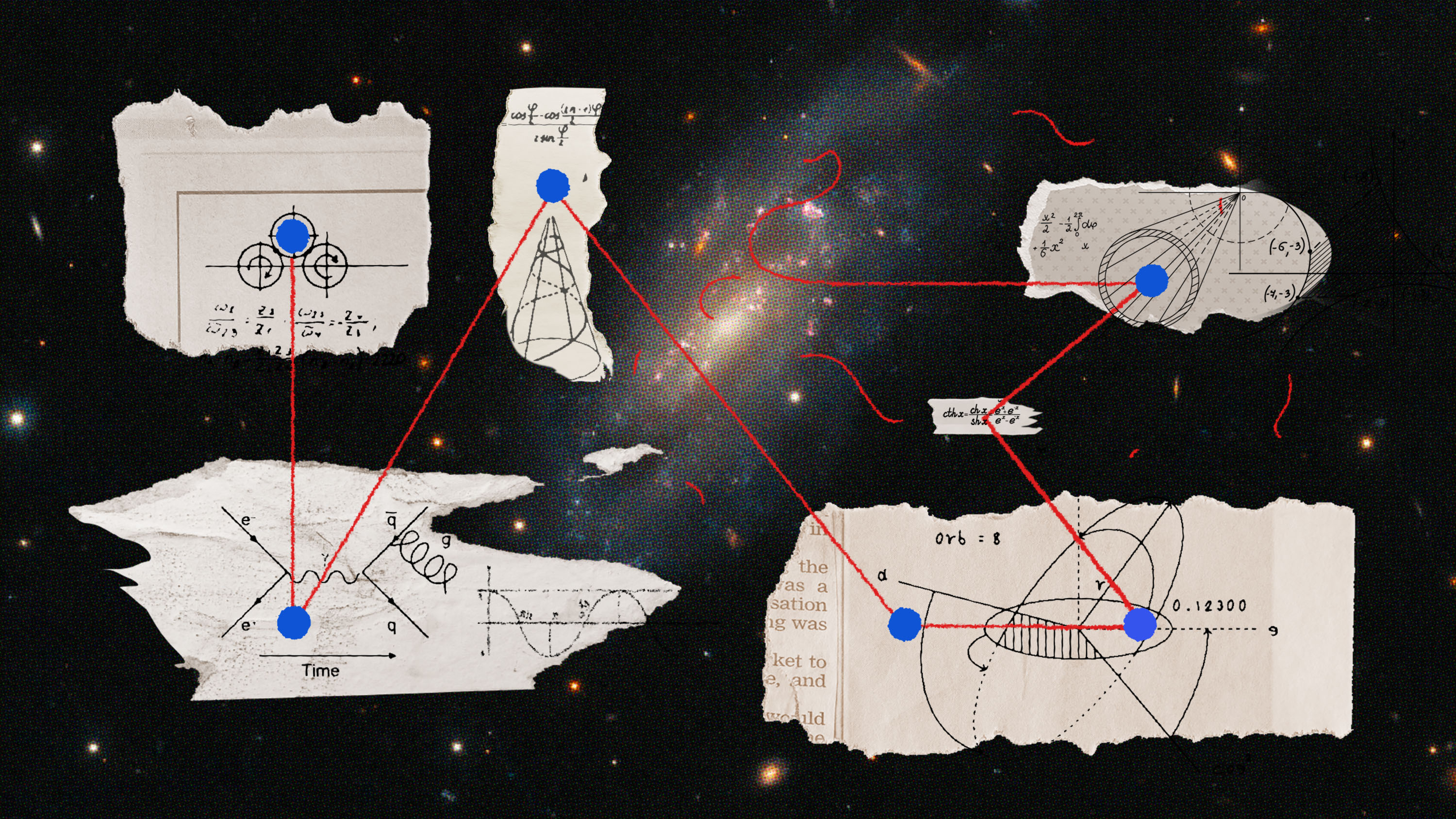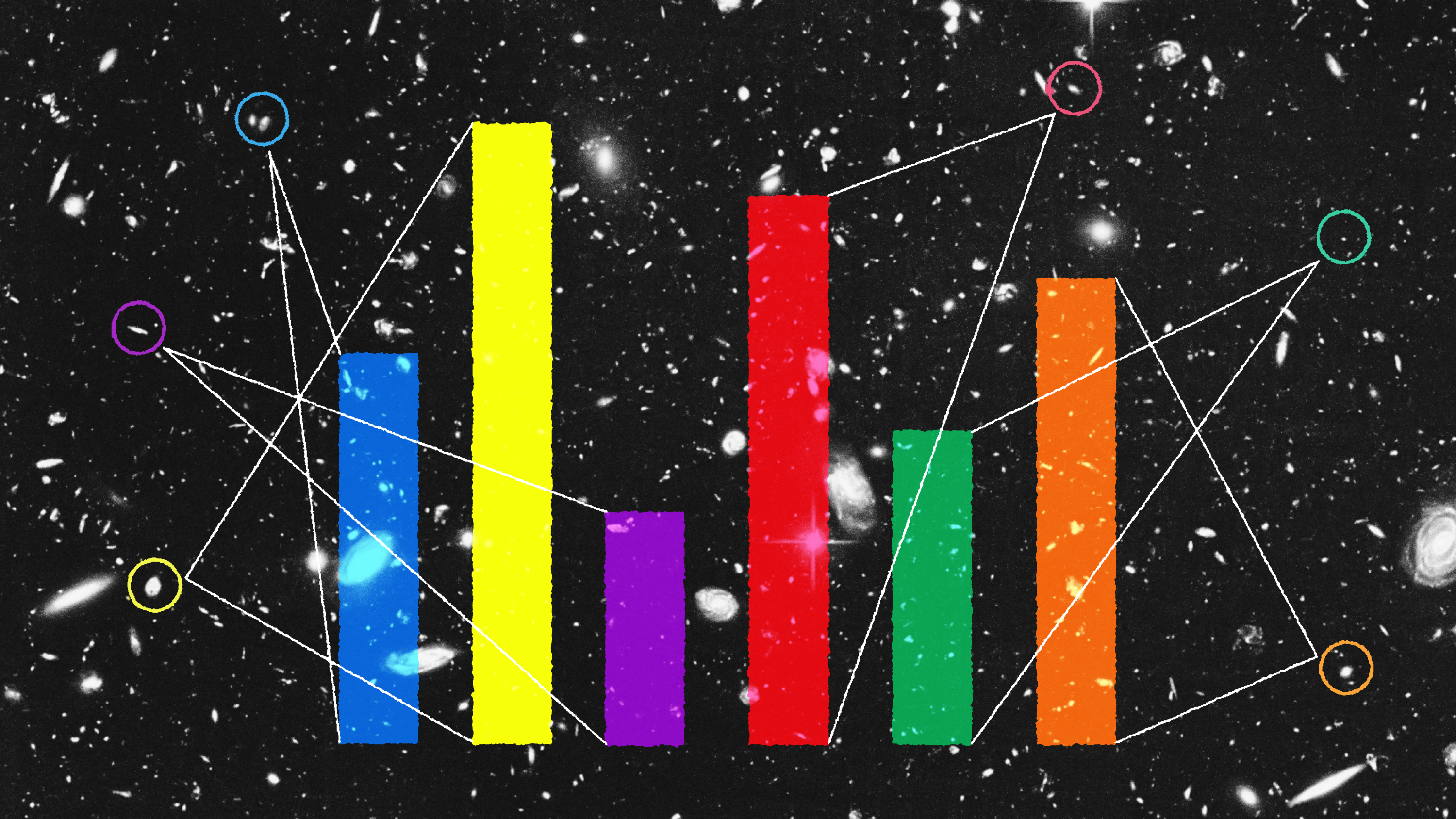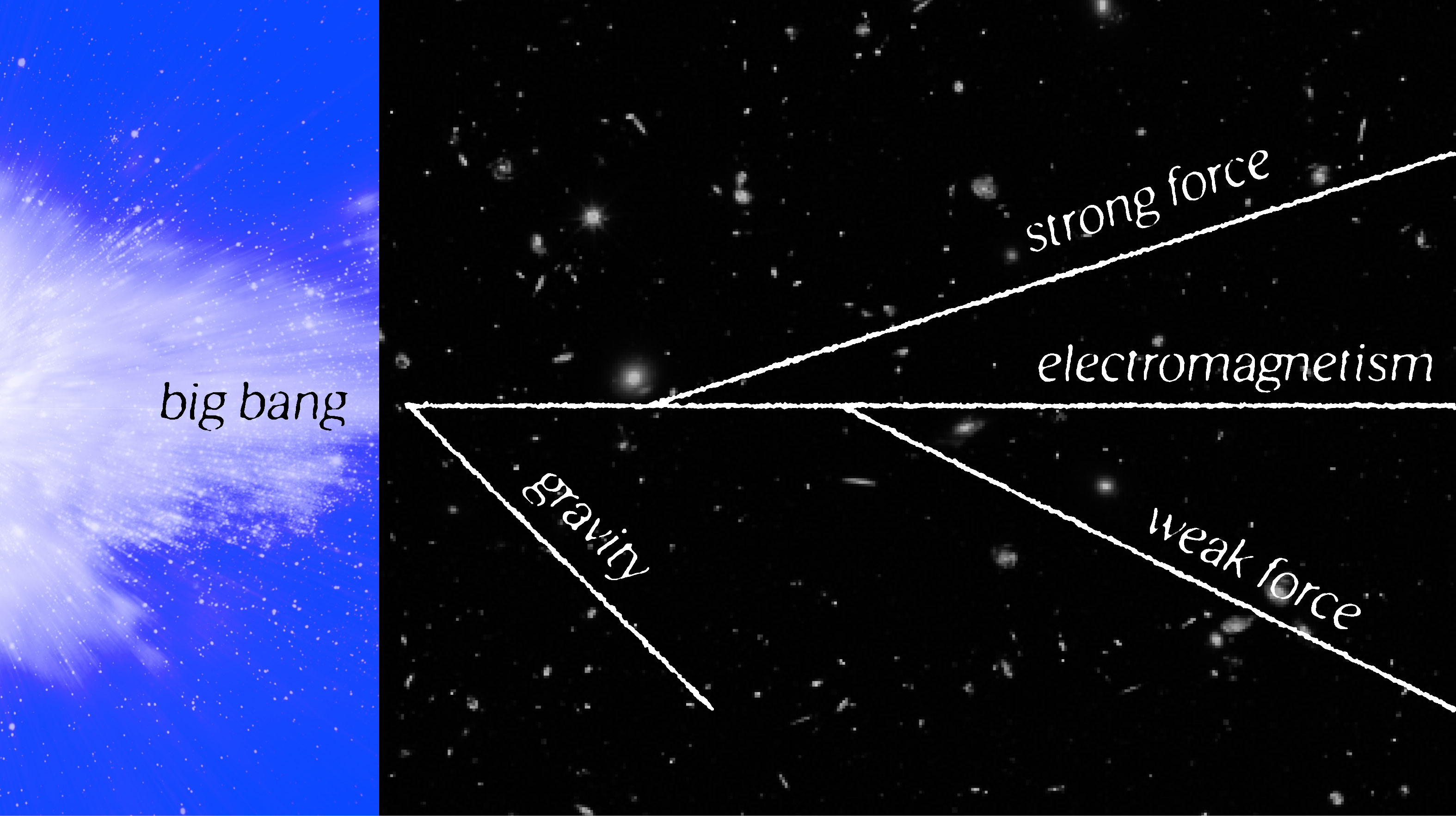Hubble’s great discovery concealed a tension that still haunts cosmology
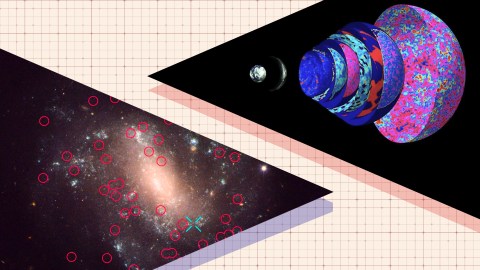
- Edwin Hubble’s discovery that the Universe is expanding was the first great triumph of modern cosmology.
- However, methods to define the rate at which the Universe is expanding, known as Hubble’s constant, come up with two vastly different answers.
- The Hubble tension is straining the standard model of cosmology.
In 1929, Edwin Hubble discovered that the Universe is expanding and produced the first major triumph in our understanding of cosmic history. Almost a century later, a tension tucked within his discovery now pulls at the bedrock of our best cosmological theories.
Welcome to another installment in our series exploring emerging and potentially serious challenges to the standard model of cosmology — humanity’s best and most expansive scientific understanding of the Universe. Over the last several weeks, we have examined a series of challenges to the standard model that were highlighted in a recent paper by astronomer Fulvio Melia. According to Melia, each problem reveals a deep enough crack in the standard model’s foundation to warrant a serious re-evaluation of the model’s utility. While I am not yet taking a position on that claim, I do think that each challenge on Melia’s list highlights a crucial aspect of the standard model’s physics — aspects that are worth considering on their own. Today we will look at a problem that has been known for a while and has only become more vexing with time: the Hubble tension.
Hubble’s law
Imagine a large collection of data about galaxies scattered across the Universe. For each galaxy, we know its velocity and distance. We plot that data, putting velocity (V) on the Y-axis and distance (D) on the X-axis. Rather than data points scattered everywhere on the plot, we quickly see that most of the galaxies appear clustered along a straight line that rises from nearby, slow-moving galaxies to distant, fast-moving ones. This line could be described using a simple formula:
V = Ho D
This relation is called Hubble’s law. What we have discovered, just like Edwin Hubble did in 1929, is that space itself is expanding.
Hubble’s law suggests that space is like a rubber sheet being pulled apart. The galaxies are pinned to space, so they move as it moves. In Hubble’s law, Ho is the slope of the line linking velocity to distance. It is the measure of how fast cosmic space is expanding. This is a fundamental cosmological parameter, and that makes astronomers very keen to take accurate measurements of its value.
There are two basic ways to measure Ho. Remarkably, they give different answers, and that difference constitutes the Hubble tension. To see why this tension might sunder cosmology’s foundations, we need to look at how the measurements are made.
The Hubble tension
The first method is to reprise what Hubble did in 1929, directly measuring galaxy velocities and distances to get the slopes of the V and the D lines. Measuring velocity is easy. It comes directly from a determination of the Doppler shift of a galaxy’s light. This will be a redshift, since the galaxy is receding from us.
Measuring galaxy distances is harder, as it requires finding what are known as standard candles. These are objects whose light energy output is known, similar to how we know the output of a lightbulb with “100 Watts” stamped on it. It is a basic principle of physics that the apparent brightness of a light source falls off with its distance from the observer. So by comparing how bright a standard candle appears to be with how bright you know it should be, you can calculate its distance. Astronomers have a variety of standard candles at their disposal, ranging from pulsating stars to supernovae. Given the distances they get from standard candles and the velocities found from Doppler shifts, astronomers can extract a measurement of Ho.
A second way of getting Ho comes from the cosmic microwave background (CMB), which is radiation released just a few hundred thousand years after the Big Bang. The Universe at that time was not a collection of galaxies, but rather a smooth soup of particles and light — a plasma. Sound waves rippling through the cosmic plasma left ripples on the CMB that today can be analyzed with ultra-high precision. These studies can determine the properties of the plasma. Using theoretical models for cosmic expansion, astronomers can then predict what Ho should be today. These predictions become what are called Early Time measurements of the Hubble constant, and we can compare them with the more direct measurements we described above. (The direct measurements are often called Late Time, because they come from galaxies seen in relatively recent cosmic eras.)
That comparison is where the Hubble tension lies.
Early Time measurements yield a Hubble constant of Ho = 67.4 +/- 0.5. (I’m ignoring the units.) Late Time measurements yield a Hubble constant of Ho = 74.03 +/- 1.42. Comparing these numbers shows you the problem. The Late Time Ho is not only bigger than the Early Time Ho, it is bigger by far more than the error bars allow. The two methods are giving completely different answers, and the difference cannot be chalked up to experimental errors.
When the Hubble tension first reared its head a decade or so ago, most of us thought it was just a matter of time before things got worked out. The problem, we believed, was in the precision of the measurements. Sooner or later, the values from the two methods would be brought into harmony. But that is not what happened.
Revision or revolution?
The gap between the methods remains stubbornly wide. Just as important, with every year, the error bars get smaller as researchers work to solve their sources of uncertainty. There really does seem to be a difference, and that is a problem.
So, what is the Hubble tension trying to tell us? If the answer does not lie in the error bars, then it must lie in the physics underlying our cosmological models. In particular, there must be a problem linking the parameters of the early Universe — extracted from the cosmic microwave background — to the Universe today. Somehow, perhaps, our understanding of cosmic evolution between then and now is wrong.
Physicists have floated a number of fixes, including an early version of dark energy that speeds up cosmic expansion, the possibility of an unknown sterile neutrino species that changes when CMB photons are liberated, a decaying form of dark matter, or even cosmic magnetic fields. The problem for all these suggestions is that they must solve the Hubble tension without messing up the other domains of cosmology where the standard model gets the right answer. That is no small task, especially given how the other challenges to the standard model that Melia articulates face similar constraints.
The Hubble tension is pulling hard on cosmologists and their standard model. Only time will tell if there is a clever and relatively straightforward way to release the strain. If not, a far more revolutionary solution may be required.
